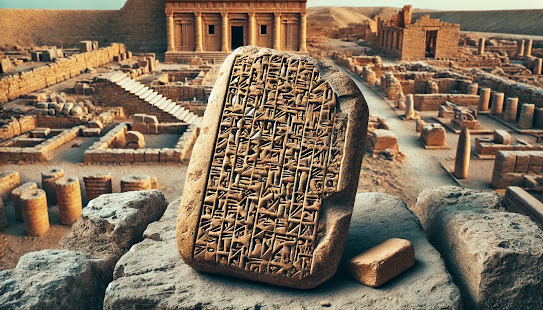
Exploring the Anunnaki: Ancient Myths and Extraterrestrial Connections The Anunnaki , a pantheon of deities from ancient Mesopotamian mythology, have intrigued those who speculate about their origins beyond our Earth. These interpretations, often deemed speculative, suggest that the Anunnaki were not mere mythological beings but perhaps visitors from another planet, deeply involved in human history. "The Anunnaki appear in mythological narratives with attributes that some argue resemble modern descriptions of extraterrestrials," explains Dr. Thomas O'Brien, a researcher in ancient astronaut theories. Who Were the Anunnaki? In ancient Mesopotamian civilizations like the Sumerian, Assyrian, and Babylonian, the Anunnaki held a prominent place as gods who influenced various aspects of life and the cosmos. "Ancient texts often describe the Anunnaki as 'those who from heaven to earth came,' which some interpret as a hint to their extraterrestrial origin," m...







